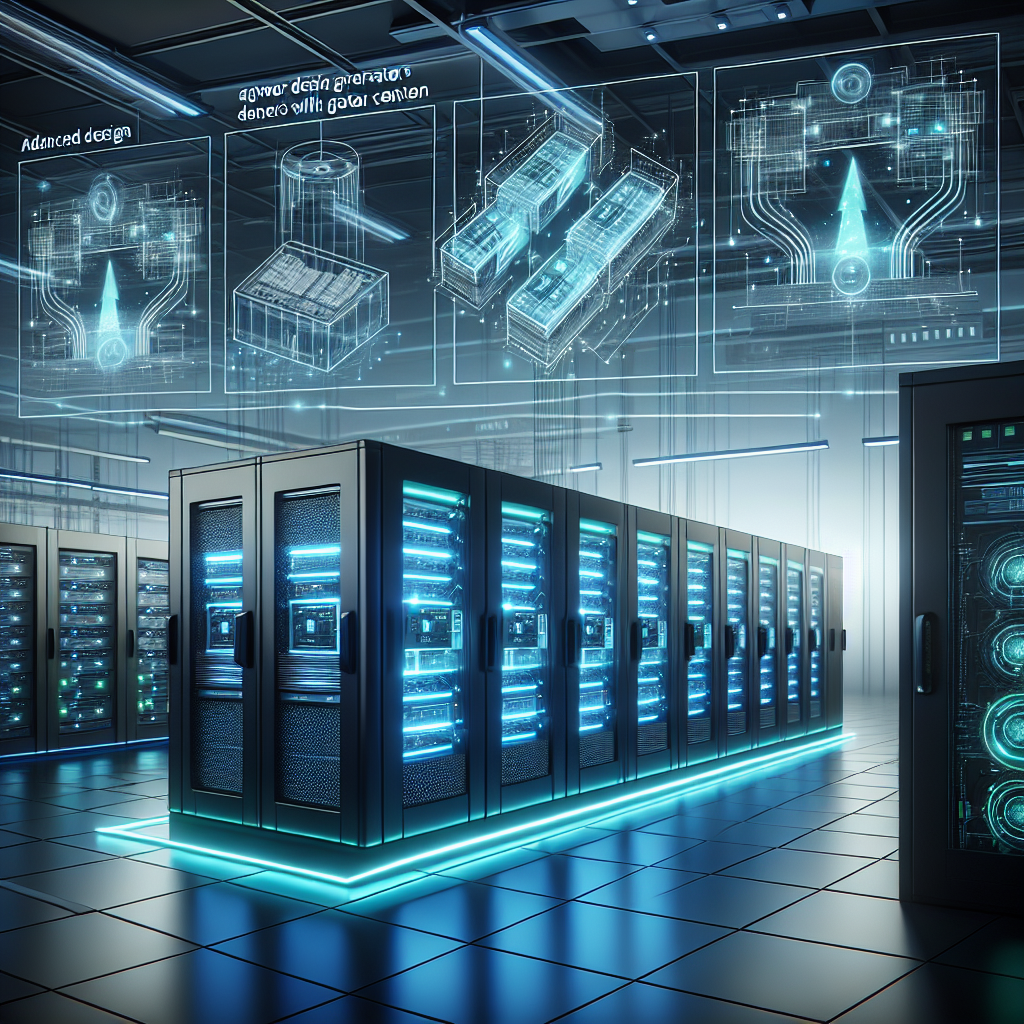Your cart is currently empty!
Future Trends in Data Center Generator Design and Implementation

Data centers are the backbone of modern technology infrastructure, storing and processing vast amounts of data to keep our digital world running smoothly. As the demand for data centers continues to grow, so too does the need for reliable power sources to keep them up and running. One critical component of any data center’s power infrastructure is the generator, which provides backup power in the event of a grid outage or other power failure.
In recent years, there have been significant advancements in the design and implementation of data center generators, with a focus on improving efficiency, reliability, and sustainability. Here are some future trends in data center generator design and implementation that are shaping the industry:
1. Increased efficiency: One key trend in data center generator design is the focus on increasing efficiency to reduce energy consumption and operating costs. New generator designs are incorporating advanced technologies such as variable speed drives, improved engine designs, and intelligent controls to optimize performance and fuel efficiency. By improving efficiency, data center operators can reduce their carbon footprint and lower operating costs over the long term.
2. Scalability and modularity: With the increasing demand for data storage and processing capacity, data center operators are looking for scalable and modular generator solutions that can easily be expanded as needed. Modular generator designs allow for easy installation and integration into existing power systems, making it easier to add capacity as the data center grows. This flexibility is essential for data centers that need to adapt to changing power requirements quickly.
3. Hybrid power solutions: As the push for sustainability and renewable energy sources grows, data center operators are exploring hybrid power solutions that combine traditional generators with renewable energy sources such as solar or wind power. By integrating renewable energy sources into their power infrastructure, data centers can reduce their reliance on fossil fuels and lower their environmental impact.
4. Remote monitoring and predictive maintenance: Another trend in data center generator implementation is the use of remote monitoring and predictive maintenance technologies to improve reliability and uptime. By monitoring key performance metrics in real-time, data center operators can proactively identify potential issues and schedule maintenance before a critical failure occurs. This proactive approach helps to prevent costly downtime and ensures that the generator is always ready to provide backup power when needed.
5. Grid-interactive capabilities: With the increasing complexity of power grids and the rise of distributed energy resources, data center generators are evolving to become more grid-interactive. Grid-interactive generators can seamlessly switch between grid power and backup power sources, helping to stabilize the grid and improve overall resiliency. These capabilities are essential for data centers located in areas prone to power outages or grid instability.
In conclusion, the future of data center generator design and implementation is focused on improving efficiency, reliability, and sustainability. By incorporating advanced technologies such as scalability, modularity, hybrid power solutions, remote monitoring, and grid-interactive capabilities, data center operators can ensure that their power infrastructure is ready to meet the demands of a rapidly evolving digital landscape. As data centers continue to play a critical role in our interconnected world, the importance of reliable and resilient power sources cannot be overstated. The future trends in data center generator design and implementation are helping to shape the next generation of data center power infrastructure, ensuring that our digital world remains powered and connected for years to come.

Leave a Reply